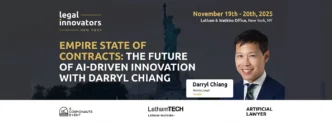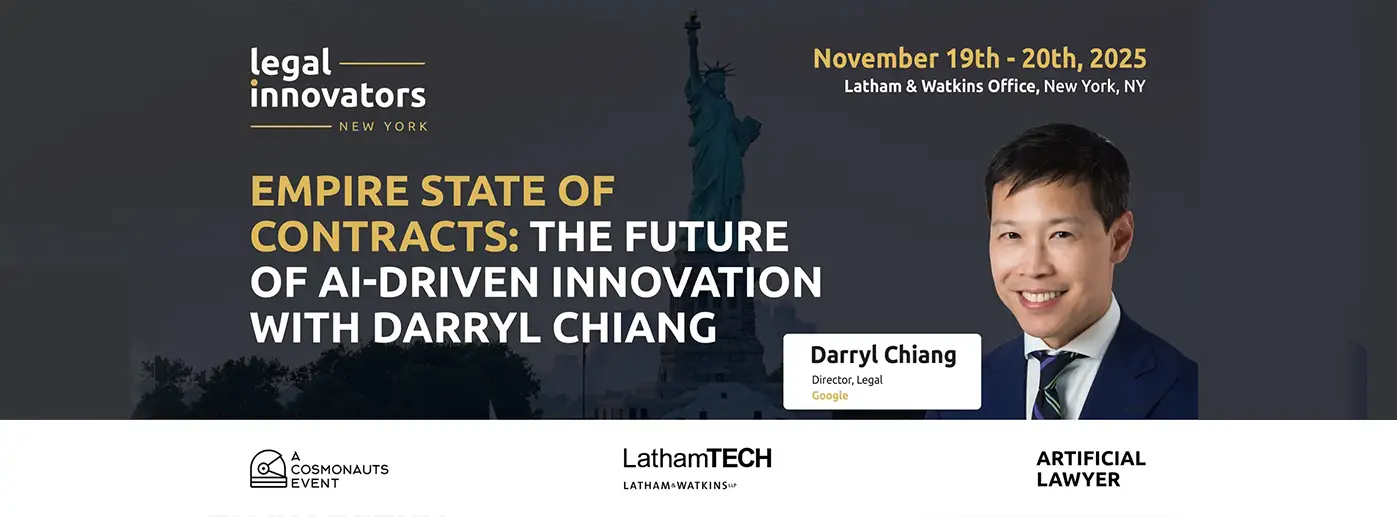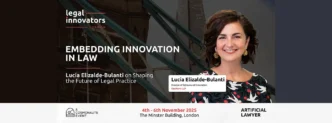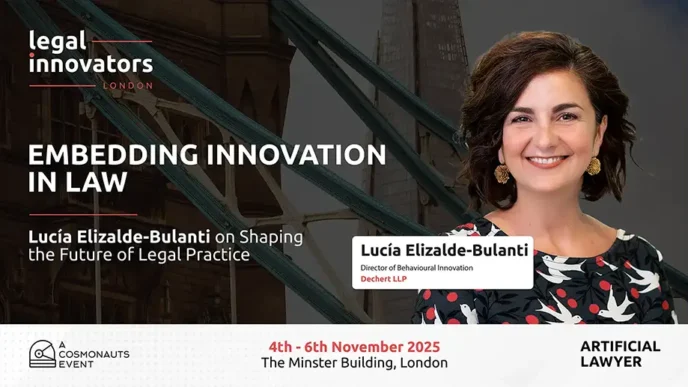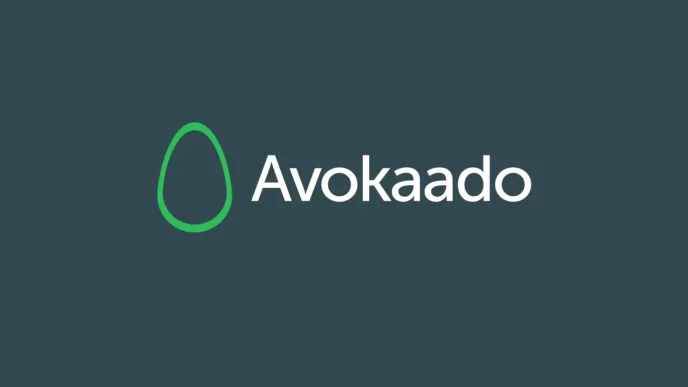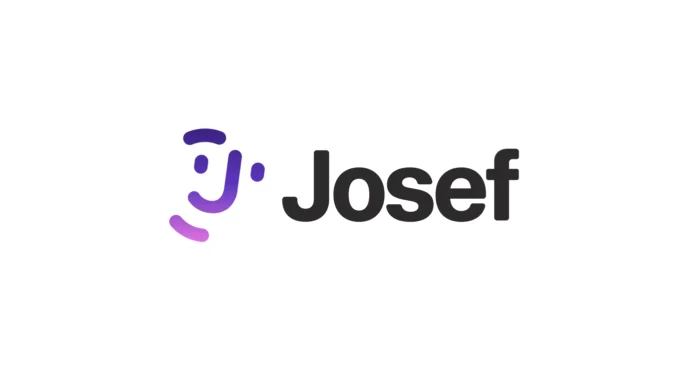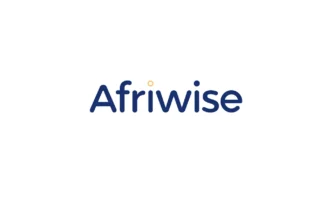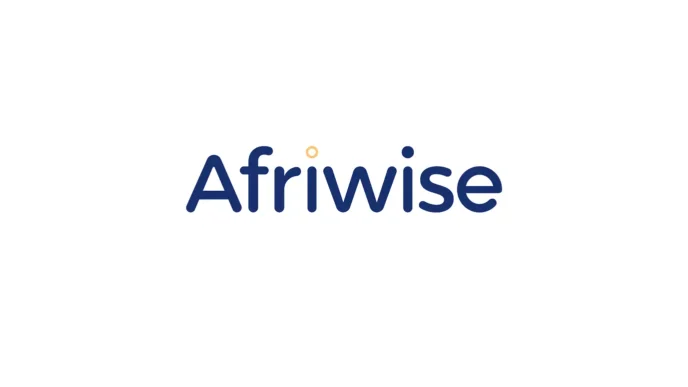As in-house counsels face the growing impact of AI on contracting, the challenge is not just to move faster but to work with greater purpose and precision. In this exclusive Q&A, Darryl Chiang offers a preview of the key themes he will explore: why standardization is essential, how to simplify complex workflows, and where AI can deliver real strategic value.
On November 20th, Darryl will join the ‘Smarter Contracts: AI-Driven Review and Contracting Innovation’ panel on our In-House Day to continue the conversation, helping legal teams move beyond the AI buzz and toward practical, scalable adoption.
Contracts are at the heart of business—how do you see the way we handle them changing right now?
Currently, AI offers a powerful, yet false sense of efficiency by helping us churn through needlessly bespoke, complex contracts. While it’s tempting to use AI to simply do more of what we’ve always done, the real game changer is to use AI to standardize and harmonize 80% of our contract clauses. If we use AI’s unprecedented analytics capabilities to confirm that 80% of contract clauses are actually saying the same thing (using an infinite number of needlessly different formulations), and if we ask AI to help draft standardized, open-source template clauses instead–the way oneNDA and BonTerms have already started to do–we can move away from having AI bots engage in a wasteful “battle of the forms” to harnessing AI to build a shared foundation of standard terms so that humans can focus on negotiating the 20% of contract clauses that are truly novel or material.
Everyone’s talking about AI in legal—where do you think the hype ends and the real value begins?
The hype often focuses on AI as a speed enhancer for broken workflows, but speed alone isn’t the goal. The real value of AI begins when it helps us achieve a smarter, simpler contracting workflow, not just continuing to enable dysfunctional contracting practices by making them seem faster. This means using AI data analytics to reveal the “hidden consensus” in millions of clauses and using AI’s ability to translate legalese into “plain-language wording” to create simpler, standardized template clauses covering the basic, uncontroversial parts of most contracts–such as confidentiality clauses, limitations of liability, miscellaneous clauses, and more. AI can also draft templatized, standard ways of expressing reps, warranties, and indemnities, leaving variable fields for humans to tailor the details of those clauses.
What’s the biggest myth about AI in contracts you’d like to clear up?
A significant myth is that AI, in its current form, fundamentally transforms legal work simply by making it faster or by enabling us to handle more bespoke complexity. I consider this a false sense of efficiency. Lawyers can be addicted to complexity, and AI might inadvertently mask this–proposing more analysis and more words, across more rounds of negotiation (even if each round goes faster)–when a balanced, simpler solution is what we truly need. If current AI tools are like very good junior associates, their work still requires human review and judgment before it goes out the door. True transformation means moving away from this complexity through standardization, not just processing drafts faster but leaving net more for humans to actually read and approve.
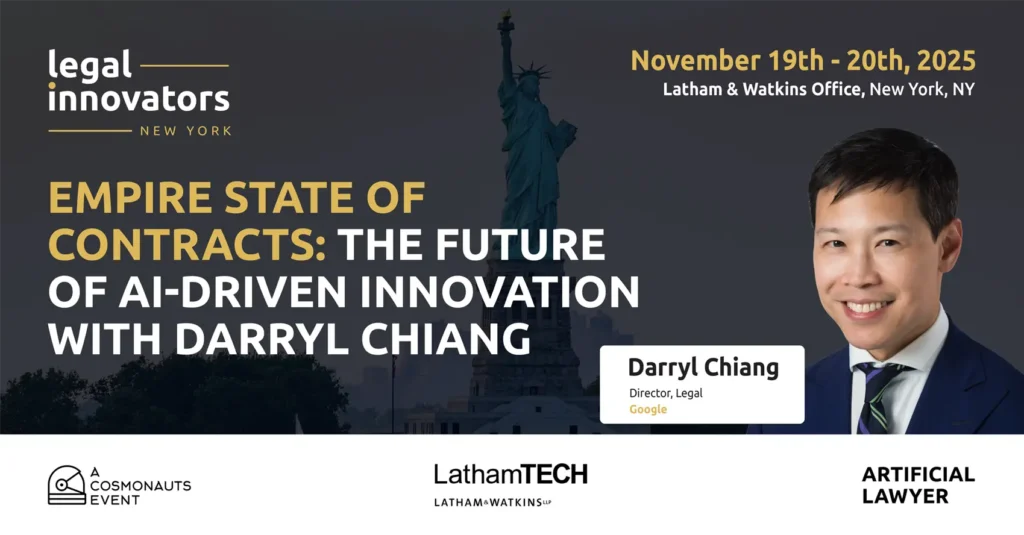
Where do you see AI making the most practical difference in contract review today?
Although a lot of AI-enabled contract software today focuses on reviewing and redlining contracts to align with a company’s playbooks and fallback matrixes, I think that AI can make a practical difference for large companies and big firms if AI is deployed one level up the chain. To me, if AI can be harnessed to analyze a big company or firm’s existing templates and already-signed contracts, and report how many times that company or firm’s own templates have needlessly used different words to express the same concept, how frequently the company or firm has agreed to fallbacks, which fallbacks have been most effective on balance, we could very quickly create more uniform, internally consistent templates with efficient default clauses and clearer fallback paths. The result would be better, more coherent templates to start from, which will accelerate deal closure and increase overall deal throughput, generating more revenues.
What tends to matter most to business teams when it comes to contract tech—speed, risk management, transparency?
From a business perspective, what matters most is speed. If contract tech increases deal velocity, then the same number of people can close more deals, increasing revenues. Many business teams don’t care about the legal fine print. From a legal team perspective, however, contract tech–and especially AI-enabled analysis–can dramatically increase the accuracy of our currently intuitively-based decision-making regarding the “right” default contract clauses to start from, and the “right” fallbacks to end with. AI can help analyze thousands of our existing contracts–and millions of publicly-available contracts across the internet–to help us more accurately confirm what’s “market standard”. AI can also identify and analyze those contracts that have triggered the most litigation for our company, and offer better, data-driven, risk-based alternatives to replace the problematic clauses. This can create a more solid legal foundation for our templates and playbooks and can more coherently enable the velocity the business craves.
Have you seen any unexpected benefits—or drawbacks—when rolling out new contract tech?
An unexpected benefit is how, by reducing time spent on routine tasks, tech can strengthen human relationships and foster collaboration. In-house counsel and firms gain time to focus on strategic discussions, team building, and even cross-profession collaboration for structural improvements to contracts, including developing industry-standard templates. However, a significant drawback is the potential for intellectual laziness if we become overly reliant on AI to tell us what to write, and what to agree to, with little ability to double-check AI’s analysis. Given the enormous energy and data processing needs that AI generates, there’s also the hidden cost of massive energy consumption and environmental degradation if AI is used wastefully, just plowing through wordy, custom contracts instead of promoting standardization.
Do you think AI will eventually reshape how contracts are written—not just how they’re reviewed?
Absolutely, yes. AI is uniquely positioned to reshape contract drafting. Its powerful data analytics capabilities can identify the hidden consensus behind countless varied clauses, and its ability to instantly change the tone and length of any given document can help us efficiently convert complex legalese into human-readable, plain-language wording. This allows us to move towards creating consensus-driven, open-source contract terms and templates. Rather than merely speeding up the review of existing documents, AI can help us reach a much more efficient state where contract templates are written in a standardized, accessible, and balanced way, making them clearer and easier to agree to for all stakeholders–not just lawyers.
What skills will the next generation of in-house lawyers need in an AI-driven contracting world?
The next generation of in-house lawyers will need to master judgment and strategic thinking more than ever. While AI handles certain basic tasks (such as incorporating a company or firm’s latest, standard template clauses into their contracts) and while AI provides the features to analyze thousands of contracts at the lawyer’s request, the lawyers must understand which questions to ask the AI system in order to get the most out of their features. Elite law schools have always trained lawyers to be generals in the military who can formulate strategies. AI can now eliminate those junior years of digging trenches, accelerating young lawyers’ ability to focus on the strategic part of our roles. This includes balancing interests, navigating irrational actors, and crucially, asking both AI and our client stakeholders the right questions to spark the best solutions.
What’s the one message you’d love the audience to walk away with from your panel?
The single most important message I’d want the audience to walk away with is this: the future of contracts isn’t just about making things faster; it’s about making them smarter, simpler, and more collaborative through standardization. We need to challenge our addiction to complexity and bespoke drafting, and move towards consensus-driven, open-source terms written in plain language. This shift empowers lawyers to be truly strategic partners and ensures that our use of AI is thoughtful and forward-thinking, rather than just perpetuating inefficient, energy-intensive practices that aren’t sustainable or beneficial. Just as law school teaches us not simply what the law is, but what it ought to be, AI is allowing us to not just continue contracting the way we currently do, but to collectively define what contracts ought to be.
To dive deeper into Darryl Chiang’s insights and hear from other leading voices in legal innovation, join us at Legal Innovators New York! taking place at Latham & Watkins’ New York office on November 19 and 20.
Private practice and in-house legal professionals can REGISTER to network with 500+ industry leaders and to gain fresh strategies for 2026.
If you are a solution provider, use code: LWVD10 to get a 10% discount. REGISTER



